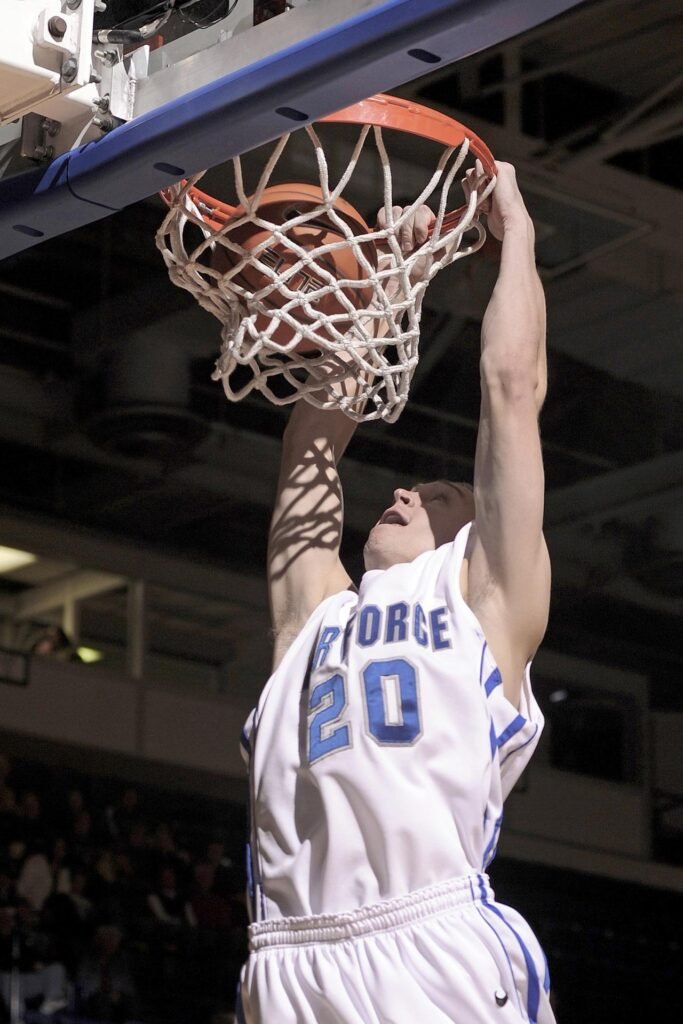
When it comes to getting back to sport after ACL reconstruction, most physical therapy clinics stick to the basics: hop tests, strength symmetry, and a vague green light from a doctor. But here’s the deal—those basics just aren’t enough anymore. If you’re an athlete (or a parent of one) in Hillsboro, Beaverton, or anywhere in the Westside, you deserve a rehab plan that’s built for real return-to-play success.
At Pain & Performance Coach, we’re taking a different approach—one backed by cutting-edge research and real sports science. Let’s talk vertical jump testing and why it’s becoming a must-have standard in ACL rehab.
Disclaimer: this is not medical advice and is being shared for educational purposes only
🧠 Old-School Testing Misses the Details
Most clinics rely heavily on horizontal hop tests—and while they’re simple and look impressive, research shows they don’t actually reflect what’s going on inside your knee. Athletes can pass these tests with compensations that hide deficits in knee function, power generation, and force control.
In contrast, vertical jump tests, especially single-leg drop jumps, are far more sensitive and revealing. A major 2023 study by Kotsifaki et al. found that even when athletes “passed” traditional ACL return-to-sport criteria, they still had major asymmetries in vertical jump mechanics—especially during the push-off phase (aka the moment you explode off the ground) and the landing phase (aka the moment your knee absorbs shock).
📊 What Should You Be Measuring?
Here’s what the best clinics (like ours 😉) are tracking when it comes to vertical jump metrics:
✅ Key Metrics That Matter:
- Jump Height – Is your involved leg actually producing force at pre-injury levels?
- Concentric Impulse Symmetry – Is your push-off balanced side to side?
- Reactive Strength Index (RSI) – Are you springy and explosive off the ground?
- Contact Time – Can your leg absorb and redirect force efficiently?
In Kotsifaki’s study, even professional athletes tested at nine months post-op still had significant deficits in these areas. This wasn’t about them being “cleared” by a surgeon—this was about whether their body was actually ready to compete.
🔍 Bilateral vs. Unilateral Jumps
We test both. Why? Because:
- Double-leg jumps help us spot subtle weight-shifting or landing compensations.
- Single-leg jumps highlight whether one leg is doing all the work.
And here’s the kicker: even the uninvolved leg can underperform after ACL surgery. That’s why we compare your results not just side to side—but also against normative (aka standardized) performance data from healthy athletes.
🧩 What Most Clinics Don’t Do (But We Do)
Clinics in the Hillsboro and Beaverton area often don’t use force plates or jump analysis tools. But affordable vendors now make this portable technology accessible—and we’re already using it.
We also integrate:
- High-level plyometric training (based on your deficits)
- Real performance targets (not just symmetry scores)
- Ongoing tracking with dual force plate or jump mat systems
🏃♂️ Real Testing = Real Confidence
If you’re an athlete, coach, or parent, here’s the bottom line: don’t rely on outdated tests or generic timelines. Your knee doesn’t care that it’s been “9 months”—what matters is whether it can produce force, control landing, and generate reactive power.
That’s what we measure. And that’s what helps you return stronger, faster, and safer.
Disclaimer: this is not medical advice and is being shared for educational purposes only
Ready to take your ACL rehab to the next level?
📍 We’re based right here in Hillsboro, just a short drive from Beaverton, Aloha, Forest Grove, and North Plains. Whether you’re recovering from surgery or just want a second opinion before returning to sport, we’re here to help.
💥 Book a vertical jump analysis with us and get real answers.
Pain & Performance Coach LLC – Where Rehab Meets Results.
🔗 Learn more about how we guide athletes back to competition with confidence.
📞 Call or text us today if you want to schedule an evaluation
